Tabula Rasa
Empty Space, Blank Slate
A year ago, my girlfriend and I have our first fight. Like any lovers, we regularly disagree, differ in perspective, willfully incite conflict, hold stubbornly to divergent opinions, but I have mostly experienced this as a team with her; we look together at our differences and try to parse them, clarify where the breakage occurs, and understand it. Easy for us, barely a year and a half on, absent that more substantive and layered intimacy and conflict that only accrues with time. The one fight we’ve had to call off indefinitely was about the term tabula rasa.
According to Merriam-Webster, tabula rasa [noun] is defined as “the mind in its hypothetical primary blank or empty state before receiving outside impressions” or “something existing in its original pristine state.”1 From the Latin for “scraped tablet,” tabula meaning table and rasa the past participle of radere “to scrape away, erase,”2 the term’s etymology traces to raze from the 1540s, “completely destroy,” “pull or knock down” [a building or town], and earlier in the 14th century to rasen, “to scratch, slash, scrape, erase.”
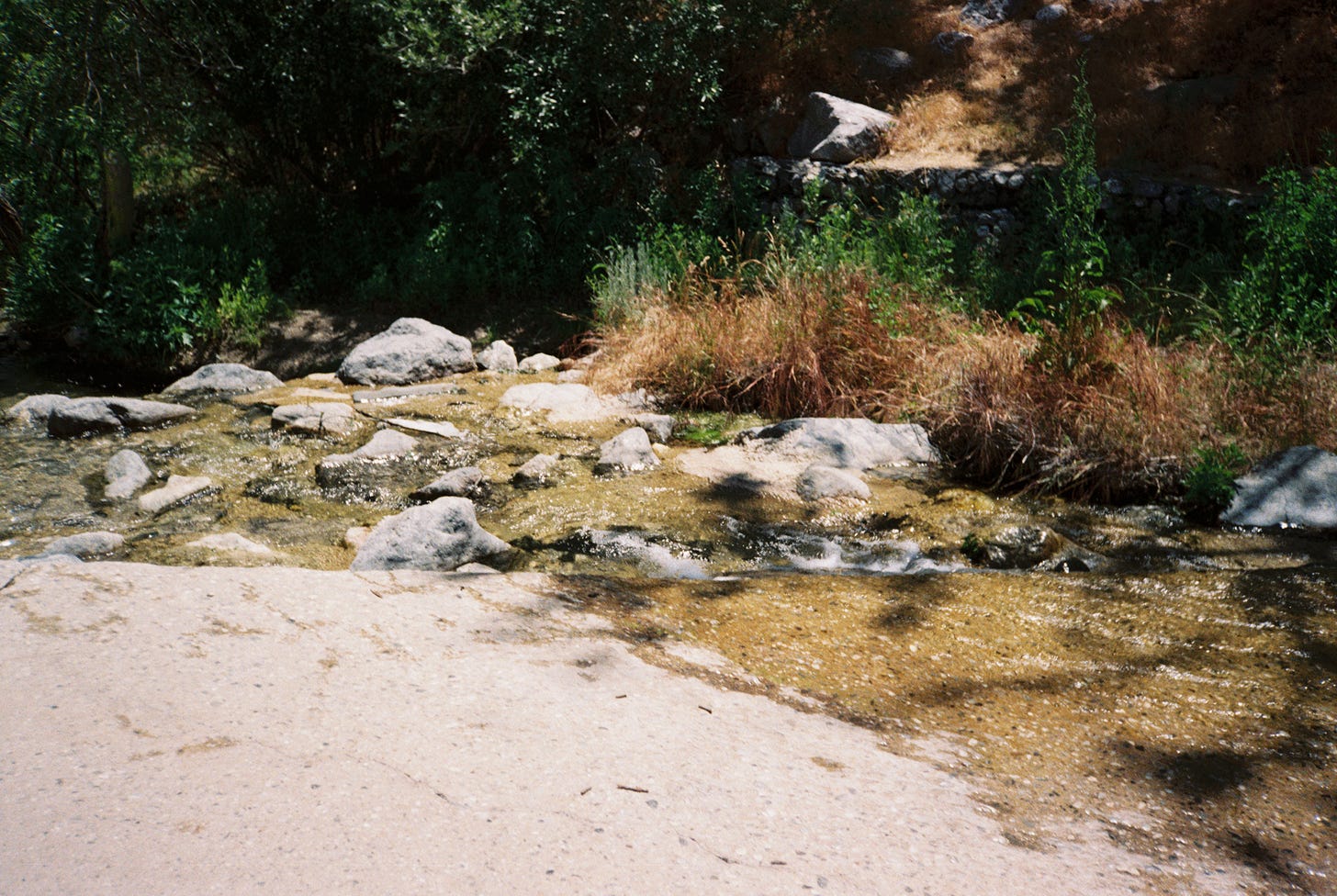
I first encounter this term in my early twenties through urban planning and architecture, reading James C. Scott’s Seeing Like a State: How Certain Schemes to Improve the Human Condition Have Failed. First published in 1998, Scott’s book traces industrial farming collectives in Soviet Russia, compulsory villagization in 1970s Tanzania, high-modernist 1950s designs for Brasília and Chandigarh, the irrigation and agricultural projects of the 1933 Tennessee Valley Authority, among others, to demonstrate that states enforce “legibility” on their subjects through homogenization and standardization, often by eradicating local difference, erasing or ignoring indigenous and local expertise that is less clearly defined.
Authoritarian high-modernist states in the grip of a self-evident [and usually half-baked] social theory have done irreparable damage to human communities and individual livelihoods. The danger was compounded when leaders came to believe, as Mao said, that the people were a “blank piece of paper” on which the new regime could write. The utopian industrialist Robert Owen had the same vision for the factory town New Lanark, although on a civic rather than national level: “Each generation, indeed each administration, shall see unrolled before it the blank sheet of infinite possibility, and if by chance this tabula rasa had been defaced by the irrational scribblings of tradition-ridden ancestors, then the first task of the rationalist must be to scrub it clean.3
In the design studio, tabula rasa is a colloquial shorthand that I’ve used both as an educator and as a student to describe a physical site as an empty space, as a blank slate. For the young designer, newly inundated with zoning laws and code requirements, in the course of indoctrination with lot lines and borders, a tabula rasa provides the framework for an introductory design exercise distinguished by emptiness, by a disregard for context or history, by the absence of constraint. Within the abstracted art school space of the design studio, this freedom allows for the student’s imagination and vision to be unleashed unhindered.
The real world analogue of these naive, idealistic, and often utopian art school studies are the 19th and 20th century Modernist projects from which these exercises derive. A tabula rasa site condition is predicated on either a]the literal clearing of a site, the erasure of anything that came before, whether through violent uprising, a revolution, colonization, imperial conquest, devastation of the land through fire, flood, or earthquake, or b]a figurative clearing, whereby all context and history of the site, all people of the place, are effectively ignored or erased, and architects or urban planners impose their idea on the site with no regard for what came before.
In juxtaposing the Seeing Like a State excerpt above with these art school exercises, I am highlighting a conflation that I see reflected across the schooling, literature, and practice of architecture. The excerpt describes how leadership of Modernist states regard the people of a place themselves as a blank slate, as an empty space. This aspiration of architecture and urban planning to serve as a mechanism for social engineering -as an attempt to control the people as well as the land- and the physical violence of decontextualized building projects that seek to erase a people and place are both contained within the term tabula rasa.
This past week on tuesday morning’s Democracy Now broadcast, I listen to the raving of another U.S. president deranged with power and greed. “We’re gonna have Gaza- We don’t have to buy- There’s nothing to buy- We will have Gaza- There’s no reason to buy- There is nothing to buy, it’s Gaza- It’s a war-torn area, we’re gonna take it.”4 I think of Brazilian art and architecture critic Mario Pedrosa, who in 1957 invoked “German art historian Wilhelm Worringer’s notion of oasis civilizations,” arguing that “the Americas are a place where European settlers -seeing nothing of value in the cultures and civilizations they encountered- assumed a tabula rasa, a vision of the Americas as “a place where everything could start from the beginning.””5 The “oasis civilization,” the idealistic, naive, utopian project of modernism, renders both people and place illegible to the gaze of empire, which sees only resource-rich locations, waterfront property, and money to be made from oil.
The same morning, I read about the first empty lot in Altadena to be sold -the site of a “grounder,” a house completely flattened by the most recent wildfires in Los Angeles- currently in escrow.6 All day I draw up plans for affordable housing across L.A. county while thinking about Diane di Prima’s Revolutionary Letter #19,
if what you want is housing,
industry
[GE on the Navaho
reservation]
…to sacrifice the planet for a few years of some
science fiction utopia…
THEN YOU ARE STILL
THE ENEMY, you are selling
yourself short, remember
you can have what you ask for, ask for
everything7
Advocating for interim shelters across Altadena and North Pasadena, supporting direct cash assistance programs, pushing for renter protections in an exploitative housing market, recommending the adaptive reuse of existing buildings to serve community members in need, are all more productive mechanisms than the construction of more and more buildings. Unbuild, Land Back. More green spaces, more walkable streets, more bike lanes, more murals—we know from long histories of urban renewal in under-resourced and historically-neglected neighborhoods that these mechanisms inevitably gentrify the area and push out longtime residents, overwriting the history of a people and a place with the promise of the new.
It is with this positively vitriolic attitude toward the term tabula rasa that I encounter MT’s baseball cap last spring, “Tabula Rasa Bar” stitched across the front panel. When I scoff dismissively that the bar is probably owned by some gentrifier transplant imposing their out-of-touch, decontextualized ideas onto Los Angeles, MT says that my understanding of the term is too niche, highly specific to physical space and societal construction, and neglects to consider the term’s various uses in philosophy or psychology.
The crux of the fight is this: I don’t think there is any possible invocation of tabula rasa that is neutral or benign. To me, tabula rasa belies an unsettling dishonesty—there is always something that came before, additional context, overwritten history, a past that someone is fleeing or transcending. It strikes me as violently ahistoricist to indulge in the fantasy of a clean slate. MT holds that the term itself doesn’t have an inherent negative connotation, but is reliant on context: a blank slate or empty space for what, and through what means?
Incited by MT’s counterargument, I embark on a wikipedia-, reddit-, tumblr-fueled internet search that leads first to Walter Benjamin’s 1931 piece “The Destructive Character.”8 The text itself is totally inscrutable to me, but I find throughlines to my own geopolitical understanding of tabula rasa in Jacob Bard-Rosenberg’s analysis for a December 2015 talk in Ramallah.9 Within psychology and philosophy, a 2012 article by Robert Duschinsky proves clarifying.10 Tracing the term’s first documented use in Aristotle’s 384 BC De Anima to John Locke’s 1690 formulation of the human mind at birth, Duschinsky explains Italian philosopher Giorgio Agamben’s analysis that tabula rasa has been interpreted to mean either “the mind’s potential for different uses” or a “substantive state of blankness,” leading it to be a perennially contested term:
“our discussions of the mind have been haunted by the term ‘tabula rasa,’ since wherever there are discussions of human potentiality, ‘the white sheet’ returns either as an image of purity or as an image of openness.”
Duschinsky describes that “a minority of modern philosophical texts have deployed the tabula rasa theme as an ideal not of potentiality but of purity,” citing Ayn Rand as one example. These citations explain my initial reading of tabula rasa as an inherently violent term: opaque, academic, and inaccessible, an ideology undergirding Western thought and famously co-opted by Modernism, translated using such words as “clean” and “pure,” known dog whistles of white supremacy and colonial violence.
“Openness” or “potentiality” is just one interpretation of the Aristotelian tabula rasa, referring to the flexibility of the human mind. This neutral and benign aspect is overshadowed by the term’s contested interpretation, and by its actual uses in psychology, philosophy, and the spatial practice of architecture and urban planning. Within neuroscience and cognitive psychology, the tabula rasa theory that people are shaped entirely by their experiences is broadly debunked.11 Largely due to studies on twins,12 nature and nurture are regarded not as dichotomous, but as co-constitutive forces. But the framework of Western science is itself the violence within tabula rasa, wherein there is no consideration of the past, layered histories, accumulated contexts; of generational trauma, ancestral connection, the soul.
check Science: whose interest does it serve?
whose need to perpetuate
mechanical dead [exploitable] universe
instead of living cosmos?whose dream those hierarchies: planets & stars
blindly obeying fixed laws, as they desire
us, too, to stay in place
whose interest to postulate
man’s recent blind “descent” from “unthinking” animals
our pitiable geocentric isolation:
lone voice in the starswhat point in this cosmology but to drain
hope of contact or change
oppressing us w/ “reason”13
At the park last weekend, four saturdays out from the fires, we listen to friends perform short experimental and improvisational music sets, raising funds to support impacted community members in Altadena and North Pasadena. The sky is clearer and less ashy than it’s been this year. DY and I contemplate the nature versus nurture debate, laughing at the absurdity of positioning these two forces against each other, of entertaining the notion of their mutual exclusivity. This weekend on the concrete channelized banks of the river, M notes that “clean slate” or “blank slate” in their colloquial usage don’t necessarily connote erasure. Even if two people mutually agree, ‘let’s drop this fight,’ it’s not literally a blank slate, something still happened there, M points out. It’s a farce, a fantasy, the idea that something can be erased and made blank, a clean slate. “It’s a slate of denial.”
The following afternoon, MT and I are out with MM, her husband, her close friend to whom she is “trauma bonded” after working together for the ACLU in new york, and her boyfriend. When I bring up my misgivings about the term tabula rasa, all five of them describe Sarajevo as a place marked by the physical traces and tangible continuity of a violent history. From only these secondhand accounts of travelers and visitors, I can see how Sarajevo might be viewed as a city “stuck in the 90s” or “ever reflective of the moment of violence and rupture,” where retraumatization is present alongside an uncertain future. MM recalls asking about the bullet holes in buildings, to which a neighbor replied, “I’m not paying to fix that, are you?” She describes repeatedly encountering the navigation of violence through humor.
My own impressions of Sarajevo derive almost entirely from time spent with the drawings and models of Lebbeus Woods throughout my late teens. Woods proposed experimental designs for reconstruction sited in 1990s Sarajevo after the war, Havana under ongoing trade embargo, and San Francisco after the Loman Prieta earthquake. His drawings argued for transitional spaces to accommodate a “diversity of material and immaterial needs,” what he called “freespace,” “multiplicity,” and “heterarchy.”14 In contrast to the dislocation produced by utopian projects and modernism’s tabula rasa, Woods searched for provisional and local structures to challenge and provoke the old order through juxtaposition—a palimpsest that insists on continuity within visible destruction rather than a clearing, an erasure, an empty space, a blank slate.
Merriam-Webster. https://www.merriam-webster.com/dictionary/tabula%20rasa
Etymology Online Dictionary. https://www.etymonline.com/word/tabula%20rasa
James C. Scott. Seeing Like a State: How Certain Schemes to Improve the Human Condition Have Failed. Yale University Press, New Haven and London: 1998. p340.
Democracy Now. Daily Show. Tuesday February 11, 2025. https://www.democracynow.org/shows/2025/2/11
Adrian Anagnost. “The Fantasy of the “tabula rasa”: Modernist Urbanism in Brazil.” Yale University Press, Art & Architecture. 1 November 2022. https://yalebooks.yale.edu/2022/11/01/the-fantasy-of-the-tabula-rasa-modernist-urbanism-in-brazil/
Evan Jacoby. “House burned to the ground by Eaton Fire in escrow for $550,000.” 9 February 2025. https://laist.com/news/housing-homelessness/house-burned-to-the-ground-by-eaton-fire-in-escrow-for-550-000
Diane di Prima. Revolutionary Letter #19.
Walter Benjamin. “The Destructive Character.” 20 November 1931. https://theanarchistlibrary.org/library/walter-benjamin-the-destructive-character?v=1631507233
Jacob Bard-Rosenberg. “Six Notes on Reading ‘The Destructive Character’ in Palestine.” Ramallah: December 2015. https://www.tumblr.com/prolapsarian/135107926127/six-notes-on-reading-the-destructive-character
Robert Duschinsky. ““Tabula Rasa” and Human Nature.” Philosophy, Vol. 87, No. 342 [October 2012], pp. 509-529 [21 pages]. Cambridge University Press. https://www.jstor.org/stable/41682980?read-now=1&seq=3
Nigel Barber. “The Blank Slate Controversy: How Much of our individuality is determined at conception?” 21 September 2016. Psychology Today. https://www.psychologytoday.com/us/blog/the-human-beast/201609/the-blank-slate-controversy
Victor Katch. “Nature vs. Nurture? It’s both.” Michigan Today. 16 December 2022. https://michigantoday.umich.edu/2022/12/16/nature-vs-nurture-its-both/
Diane di Prima. Revolutionary Letter #63.
Lebbeus Woods. WAR AND ARCHITECTURE: The sarajevo window. 2 December 2011. https://lebbeuswoods.wordpress.com/2011/12/02/war-and-architecture-the-sarajevo-window/


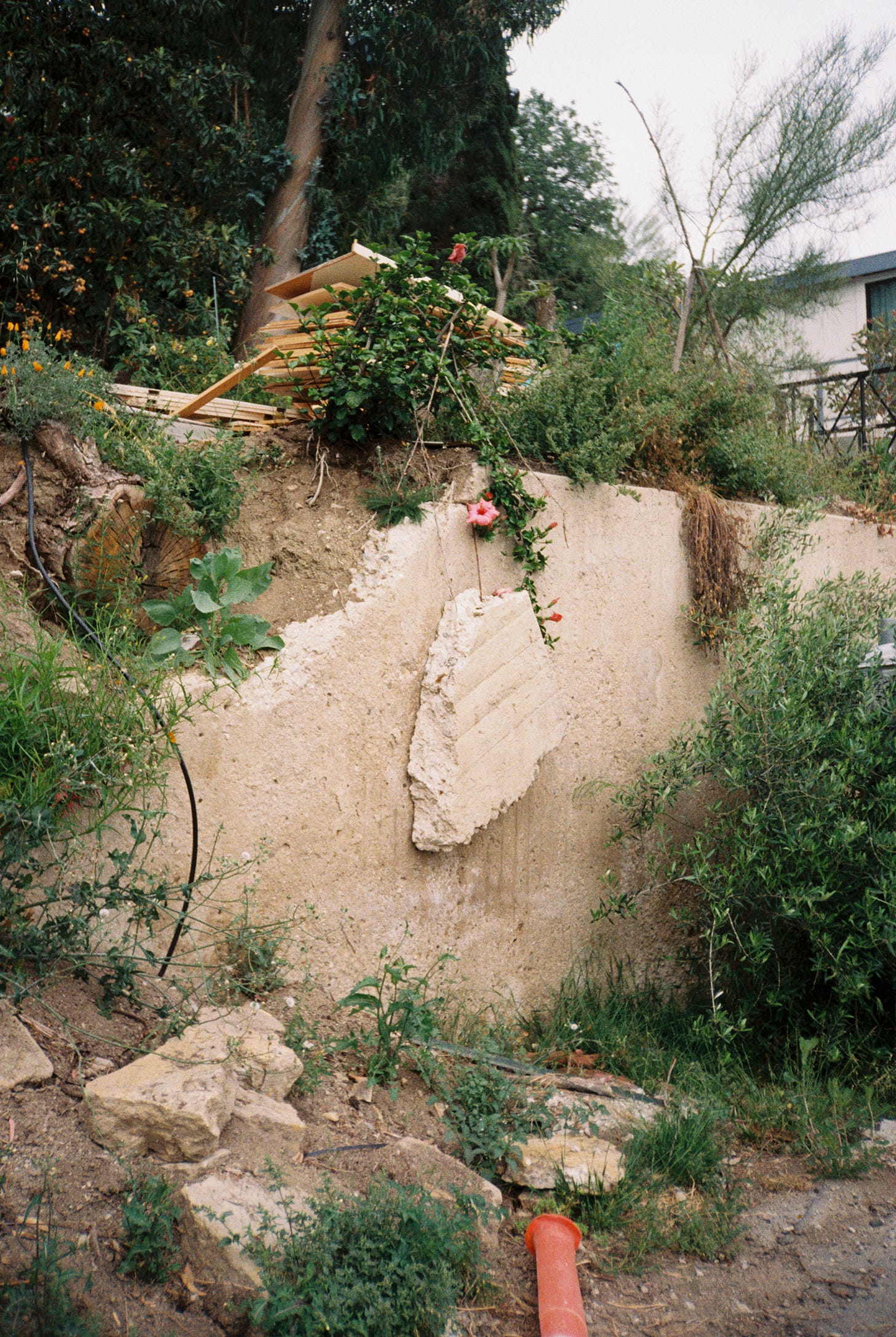
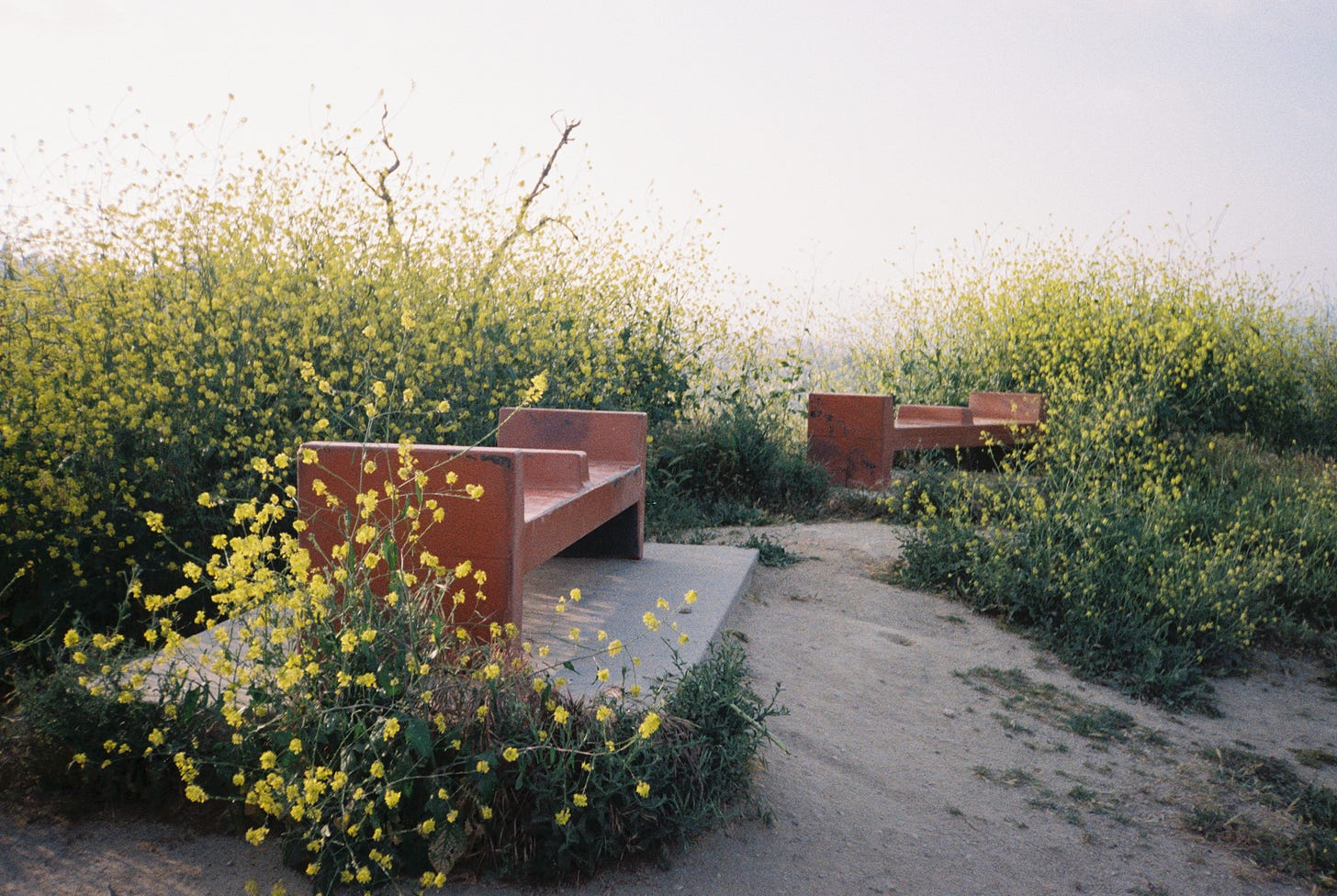

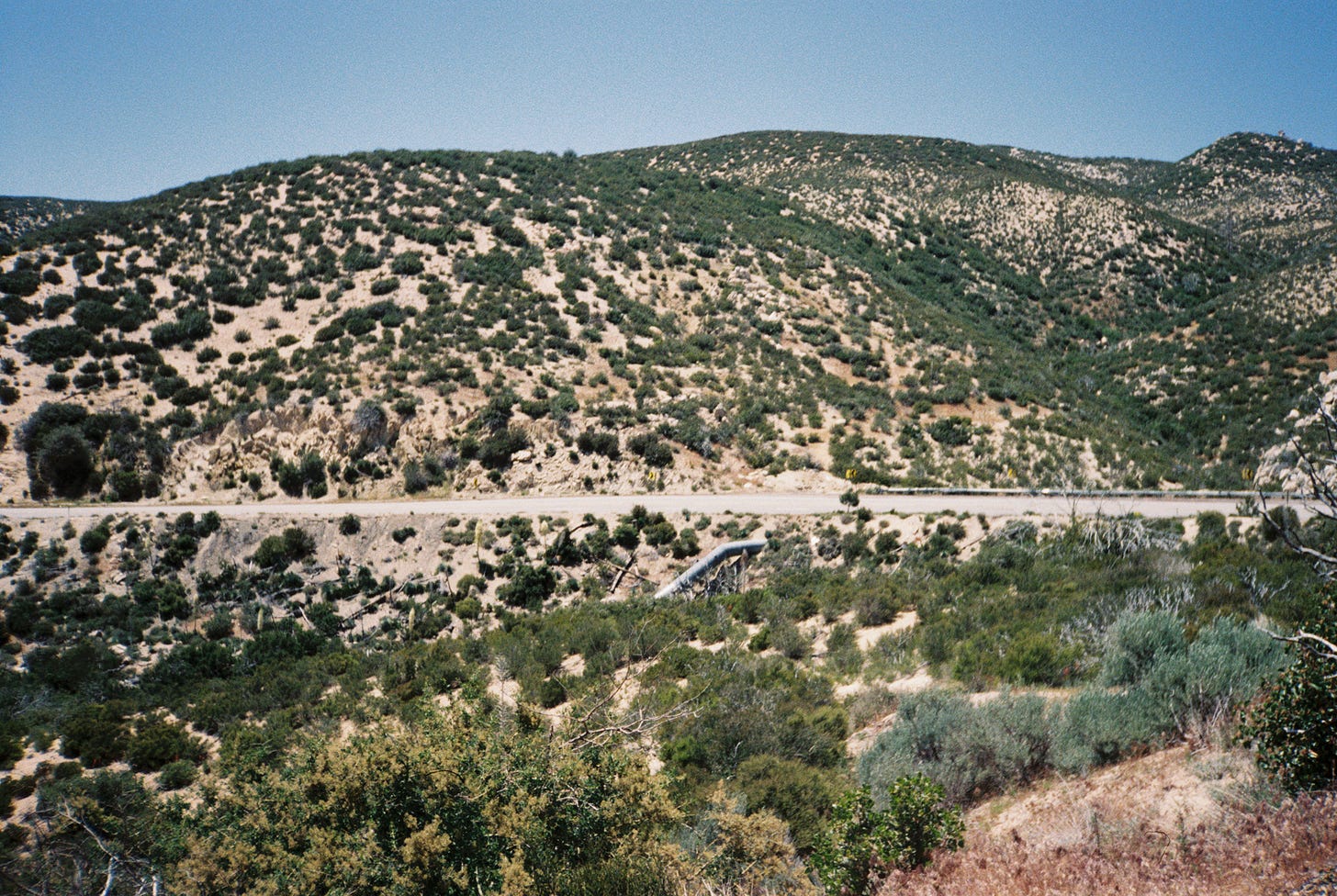

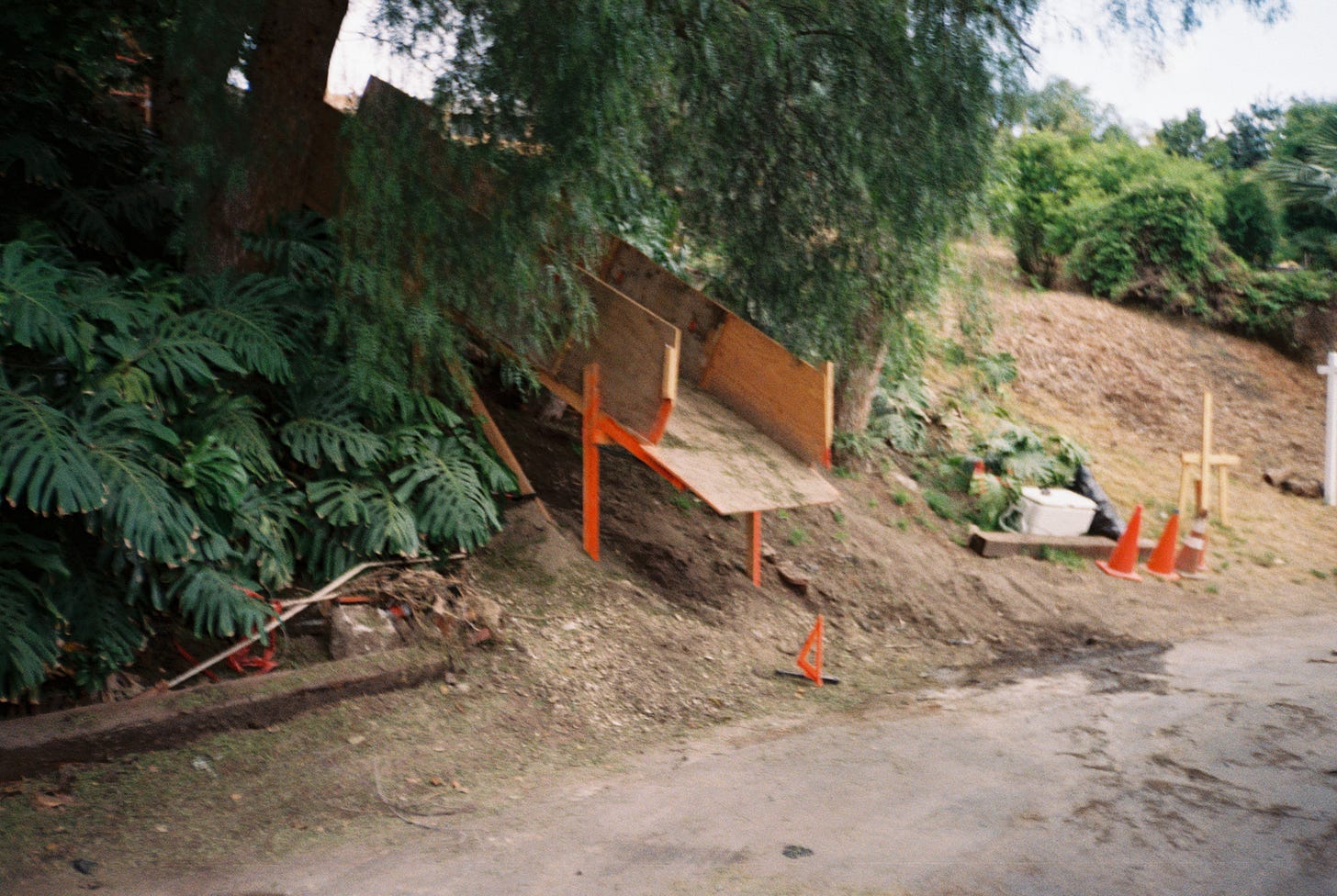

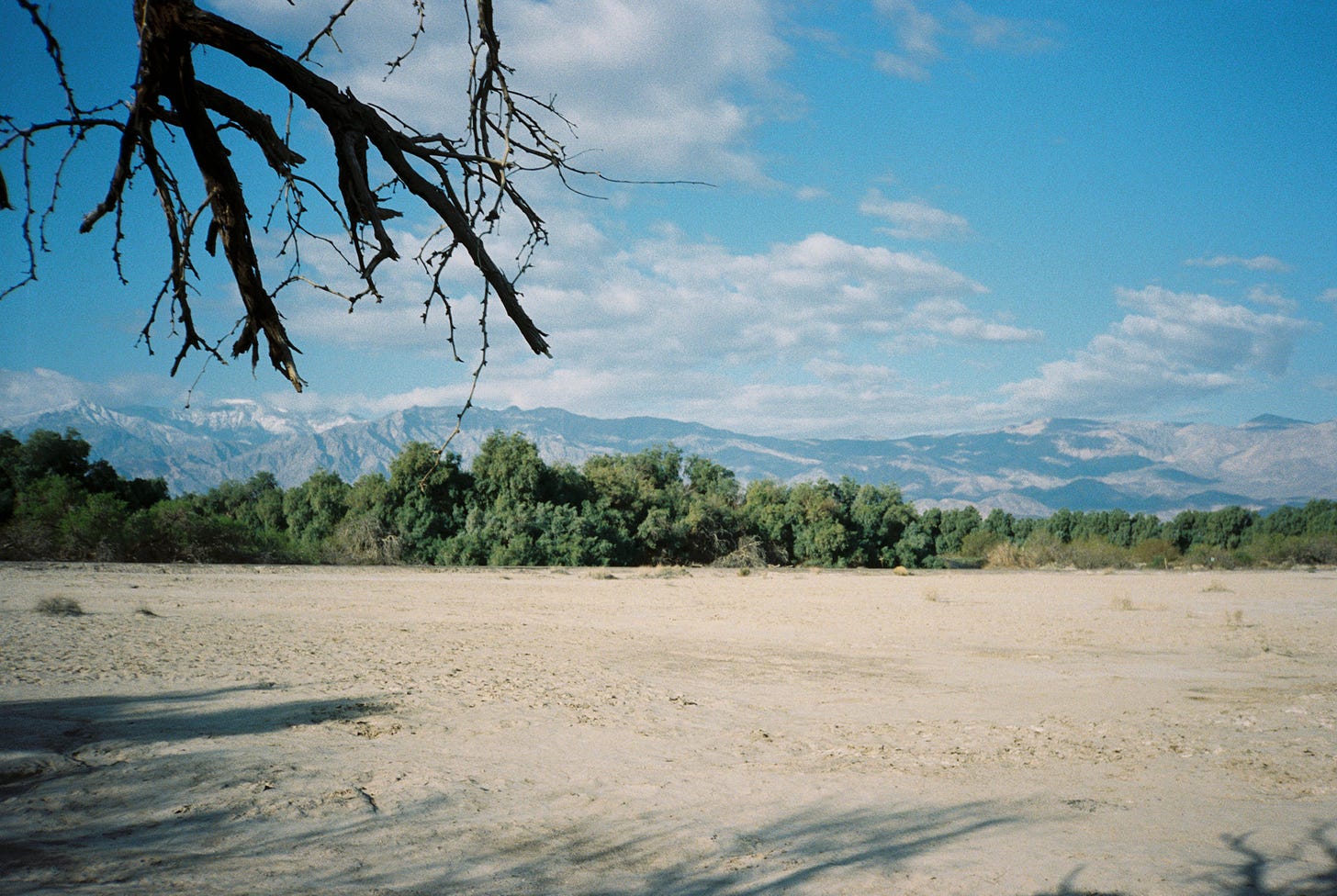
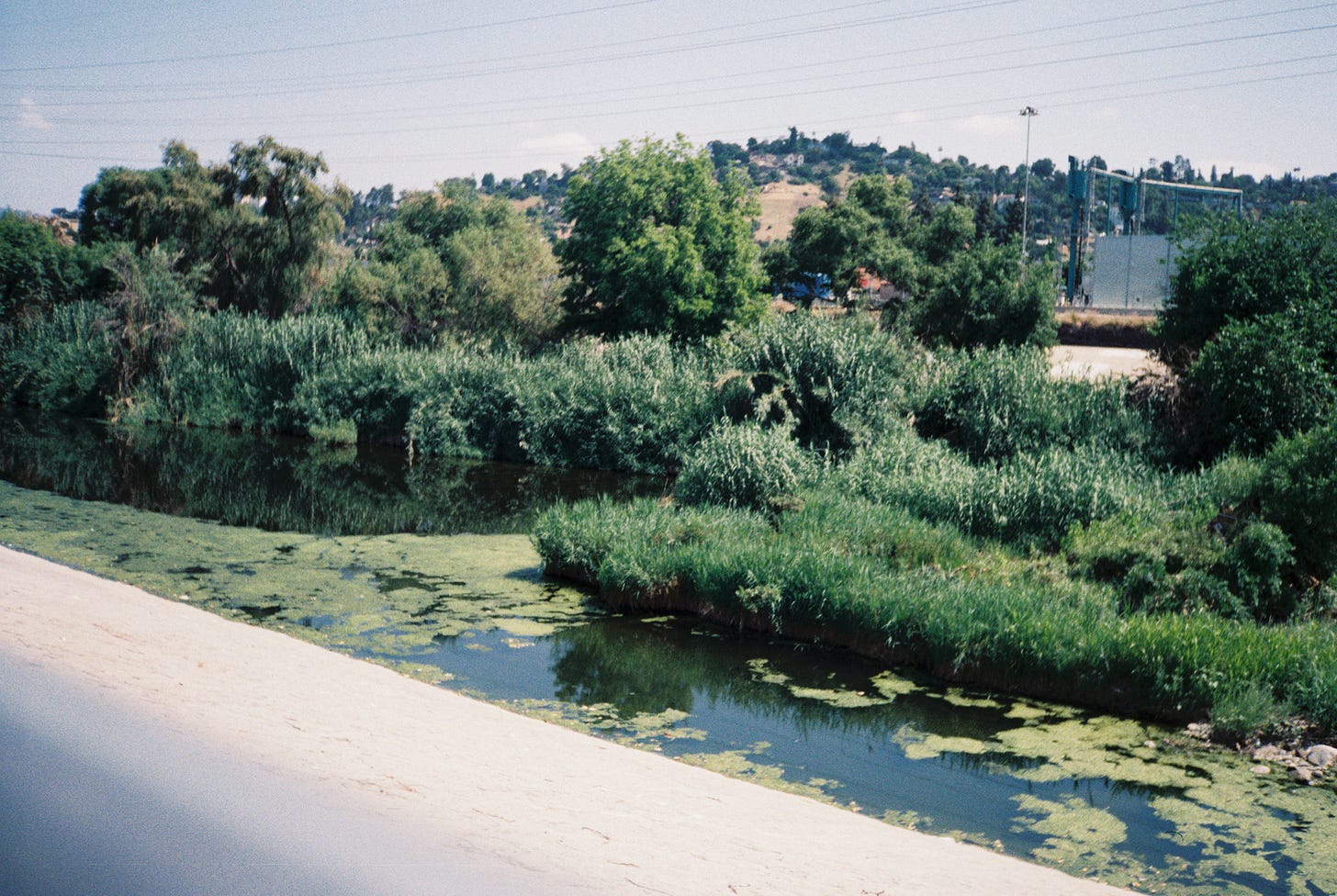
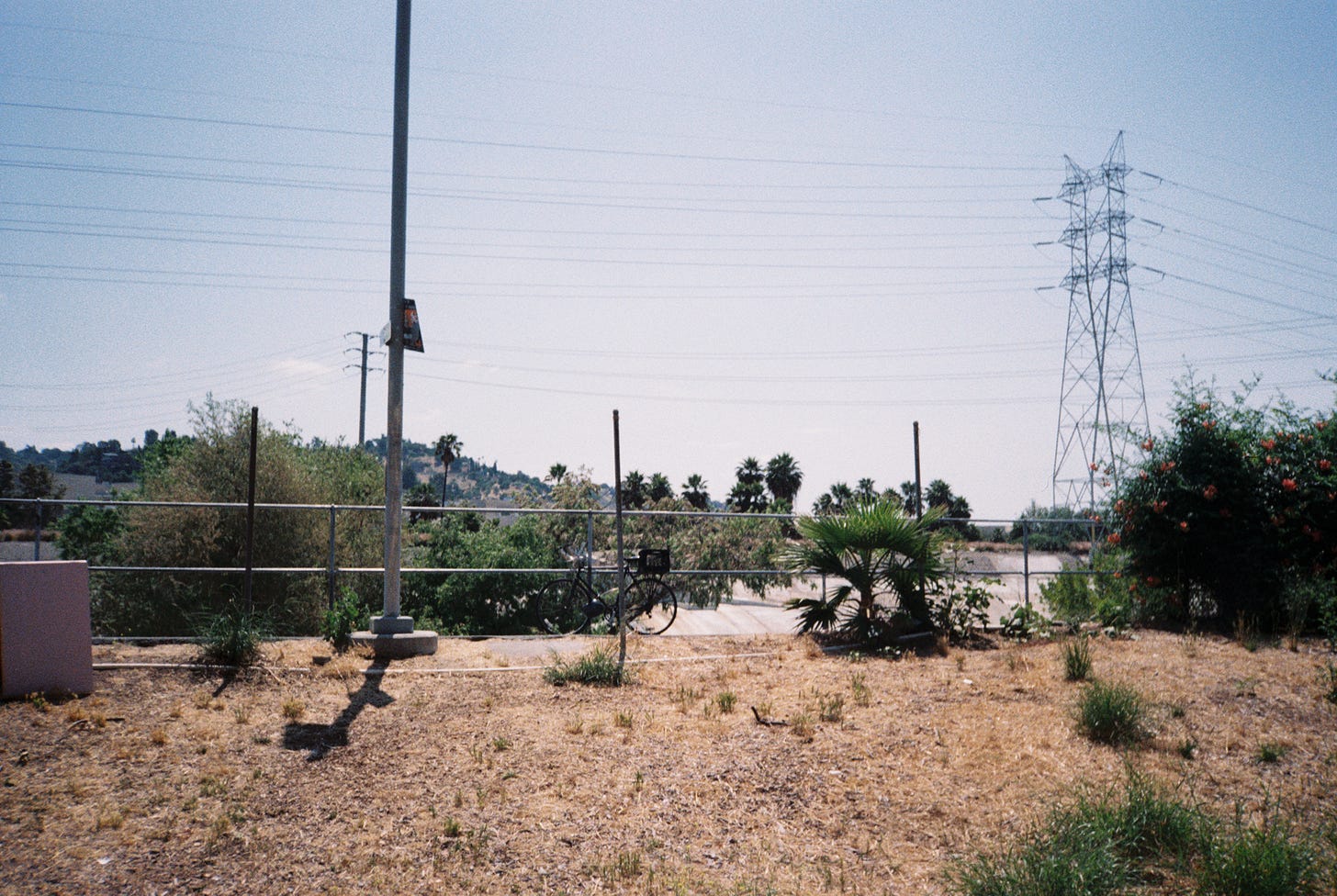
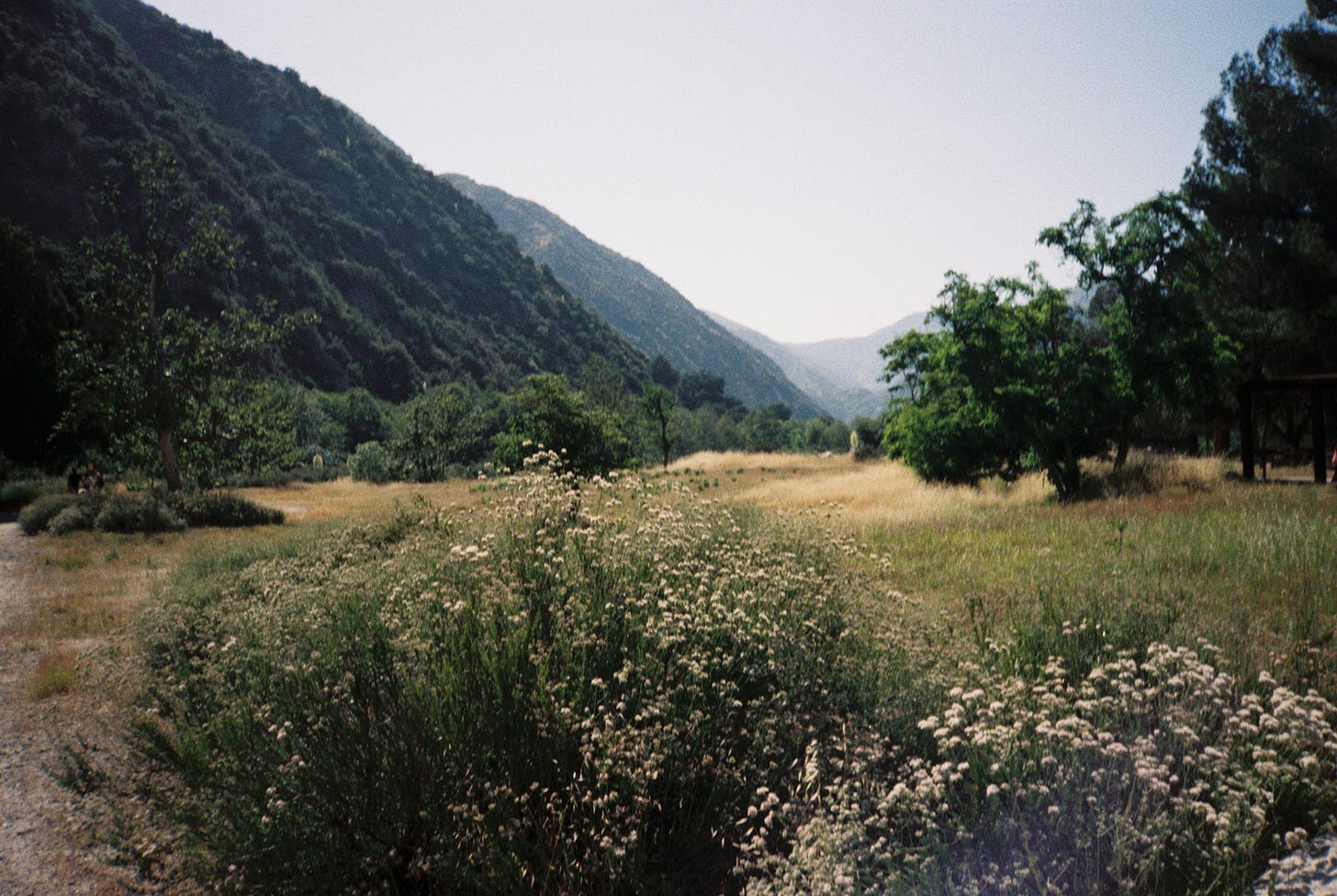
First off, I love the energy of this piece. The fervor is infectious, and I've spent the past hour on my own internal journey with the term.
My linguistic and academic self is on team Marta
My spiritual and revolutionary self is on team Maura
My complex and contradictory self is on team ____?+&!____
One funny element of my context in this argument is that I live around the corner from tabula Rasa bar, and in the 7 years that I have lived in this neighborhood I have not patronized it for the same reasons that you cite lmao. The vibe of the place is not for me.
From Marta's perspective, one angled towards theoretical truths, I agree that the term does not have inherent negative connotation. Given the general 'mutability' and 'mulitiplicity' of all language, we can interpret, modify, contextualize terms and their uses for all kinds of reasons. For example, if we both can agree on what a term generally means, then we can simply work with that and use it in conversation. It *can* be done, even if marred with imprecision. We don't usually spend the time to unpack the history of every term we use in conversation, though it is something that *can* be done. Of course everything has history, EVERYTHING.
The argument feels more like one between what we *can* do and what we *should* do.
From Maura's perspective, one angled towards liberatory truths (inherently positioned by history) the term simply doesn't have contemporary application for resistance movements, because of the material contradiction, and the historical uses of the term are morally questionable and problematic.
HOWEVER
Perhaps the use value of the term comes directly from the contradiction that it evokes for those that engage with it. The question of utopia for students figures perfectly here. I have only ever discussed the concept of Tabula rasa in academic settings (college, philosophy, architecture). Is it debased from historical reality? Momentarily yes ! Is it a useful teaching tool? Momentarily yes ! When someone begins to encounter the notion (however problematic), an internal conflict can arise. How we navigate our contradictions is such an important discourse.
https://youtu.be/NKoJZxKke3M?feature=shared